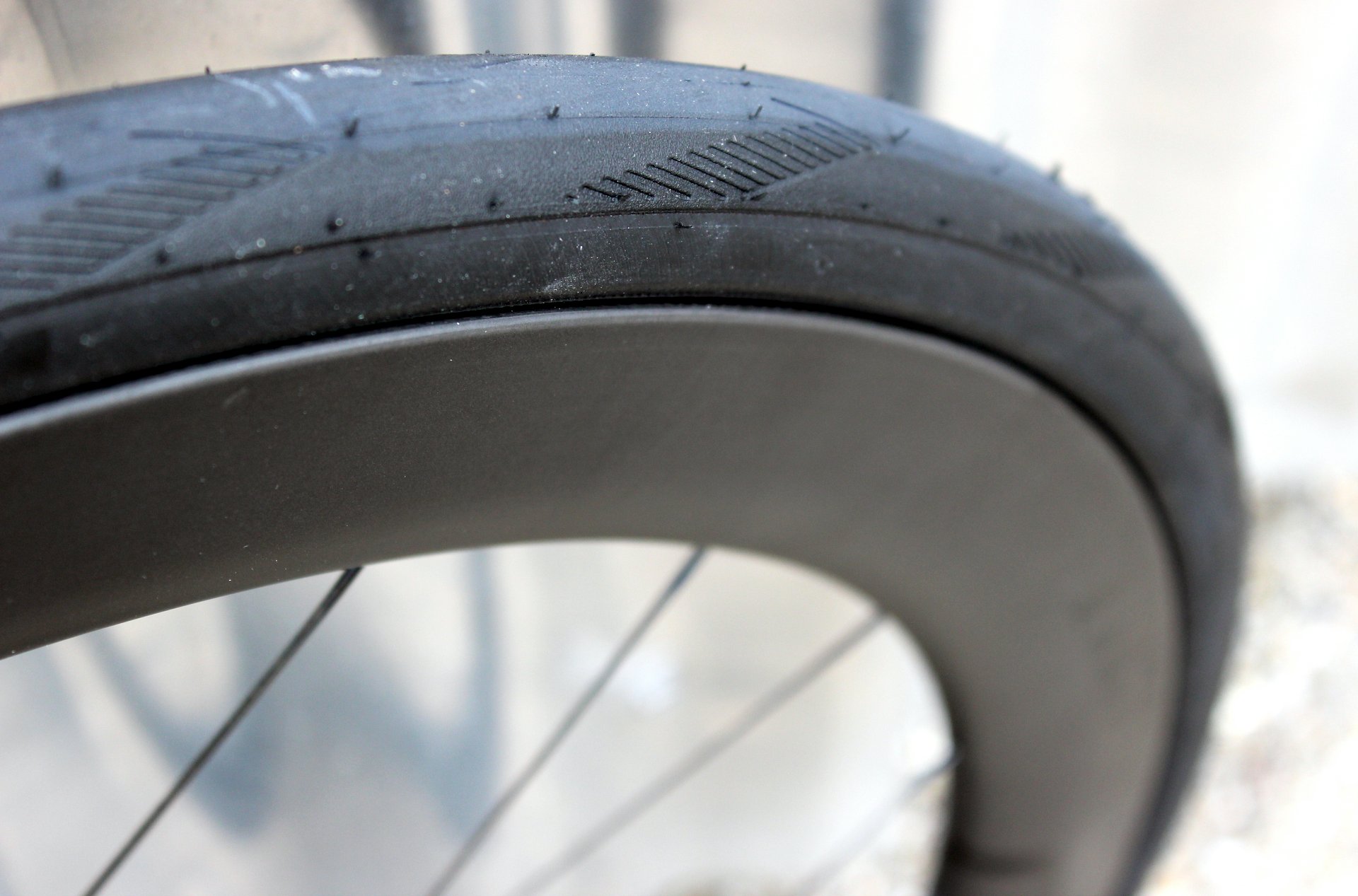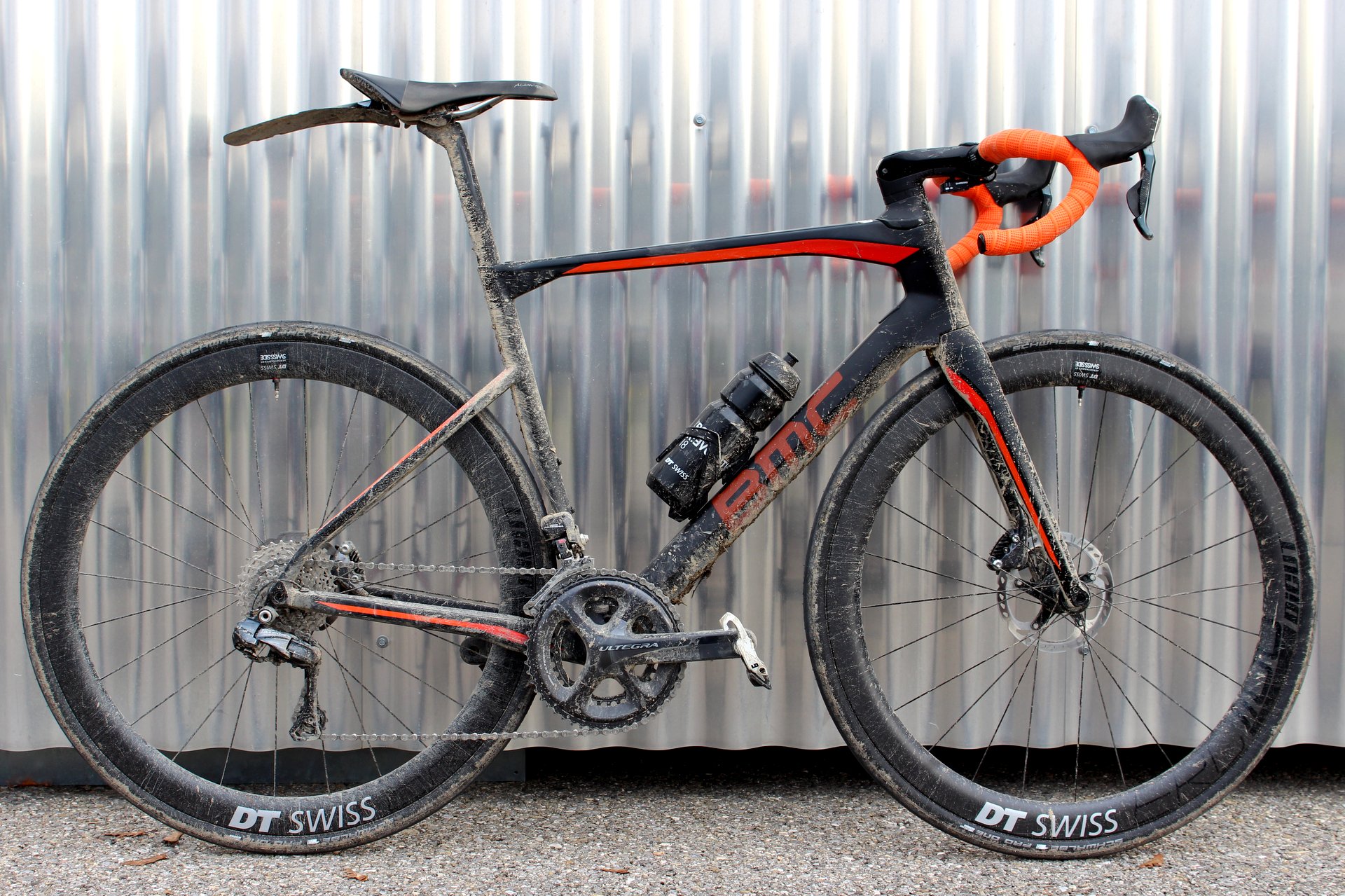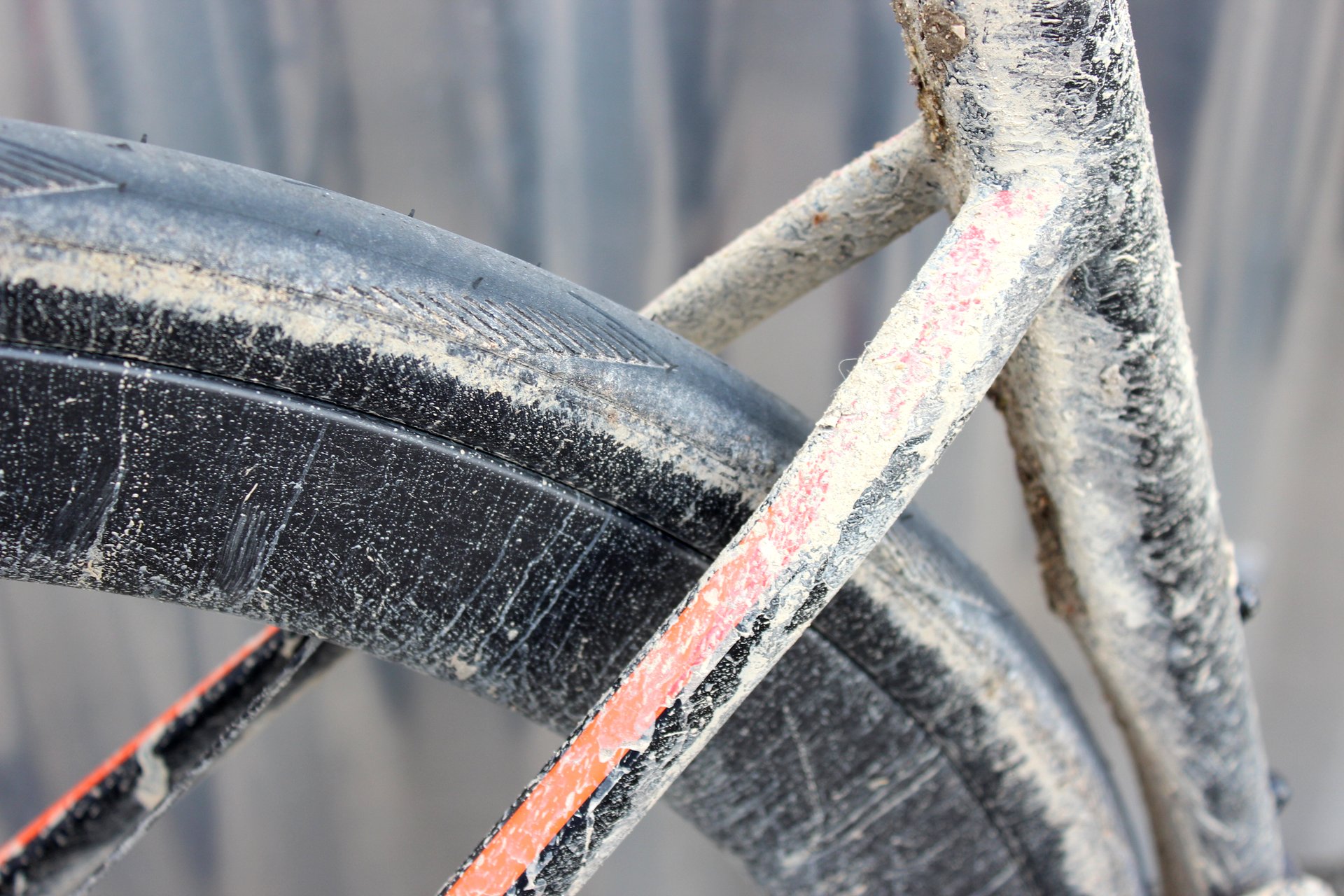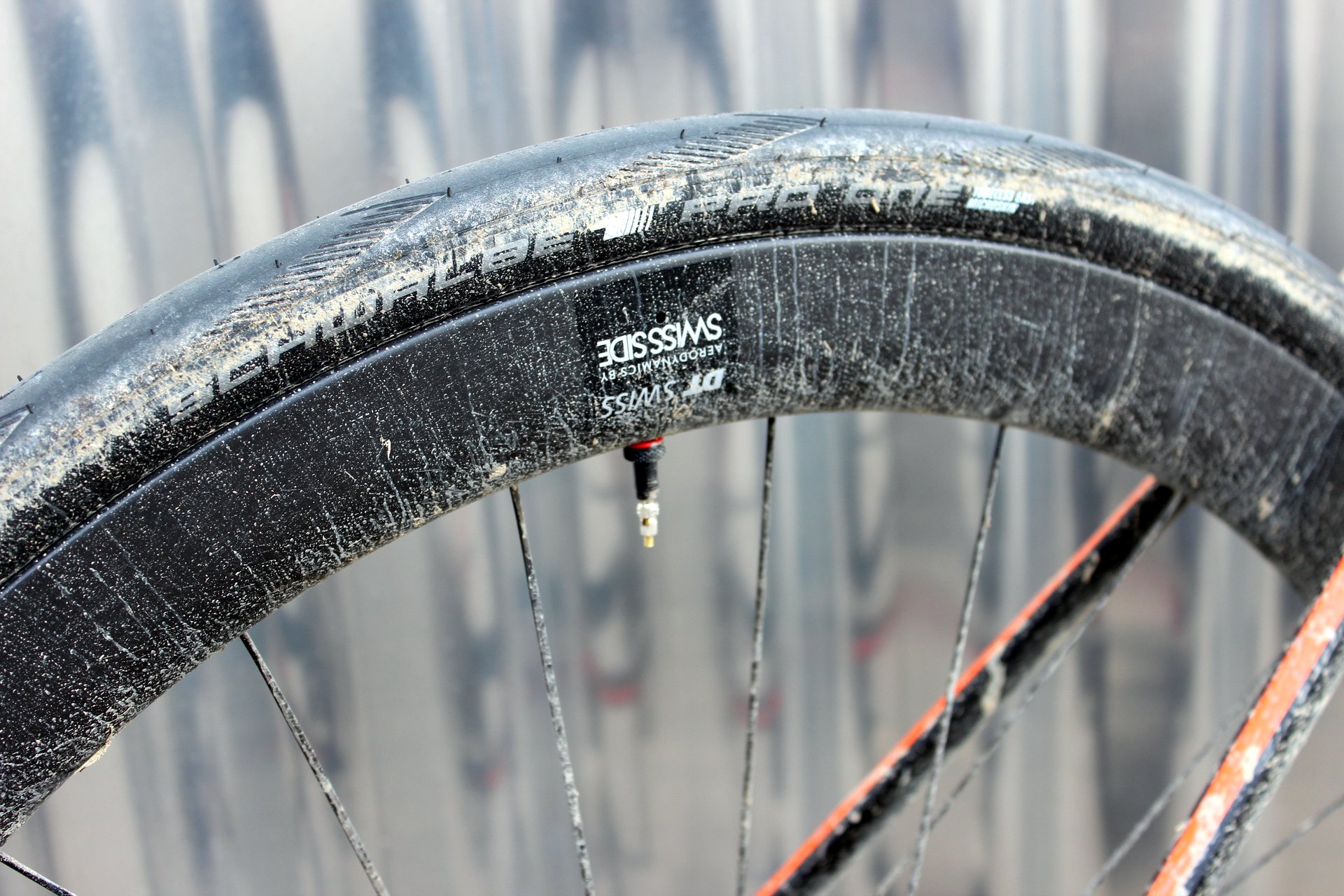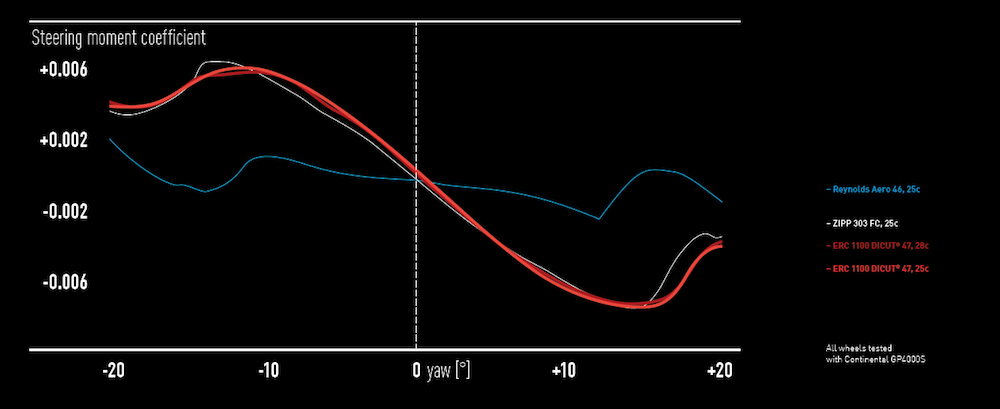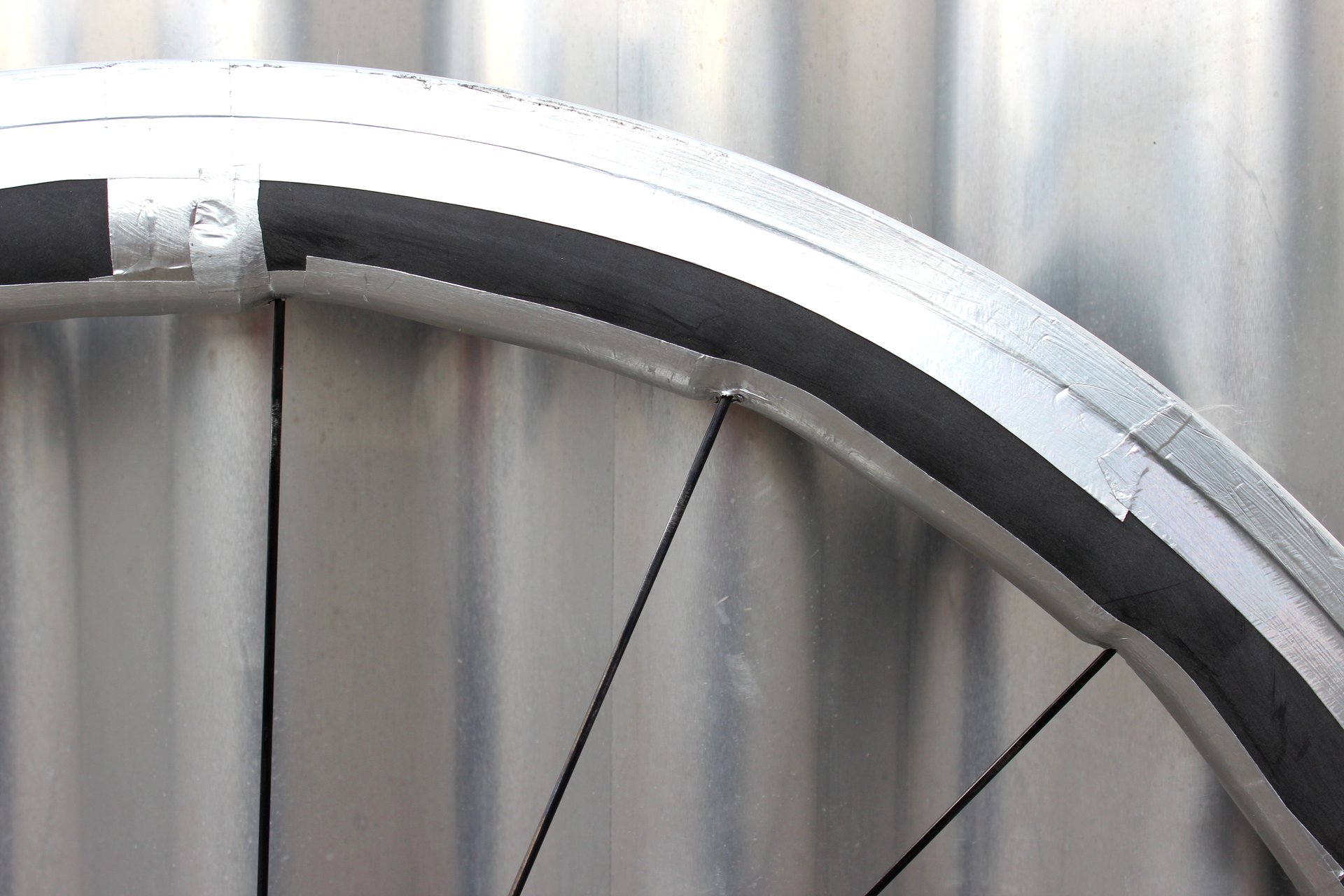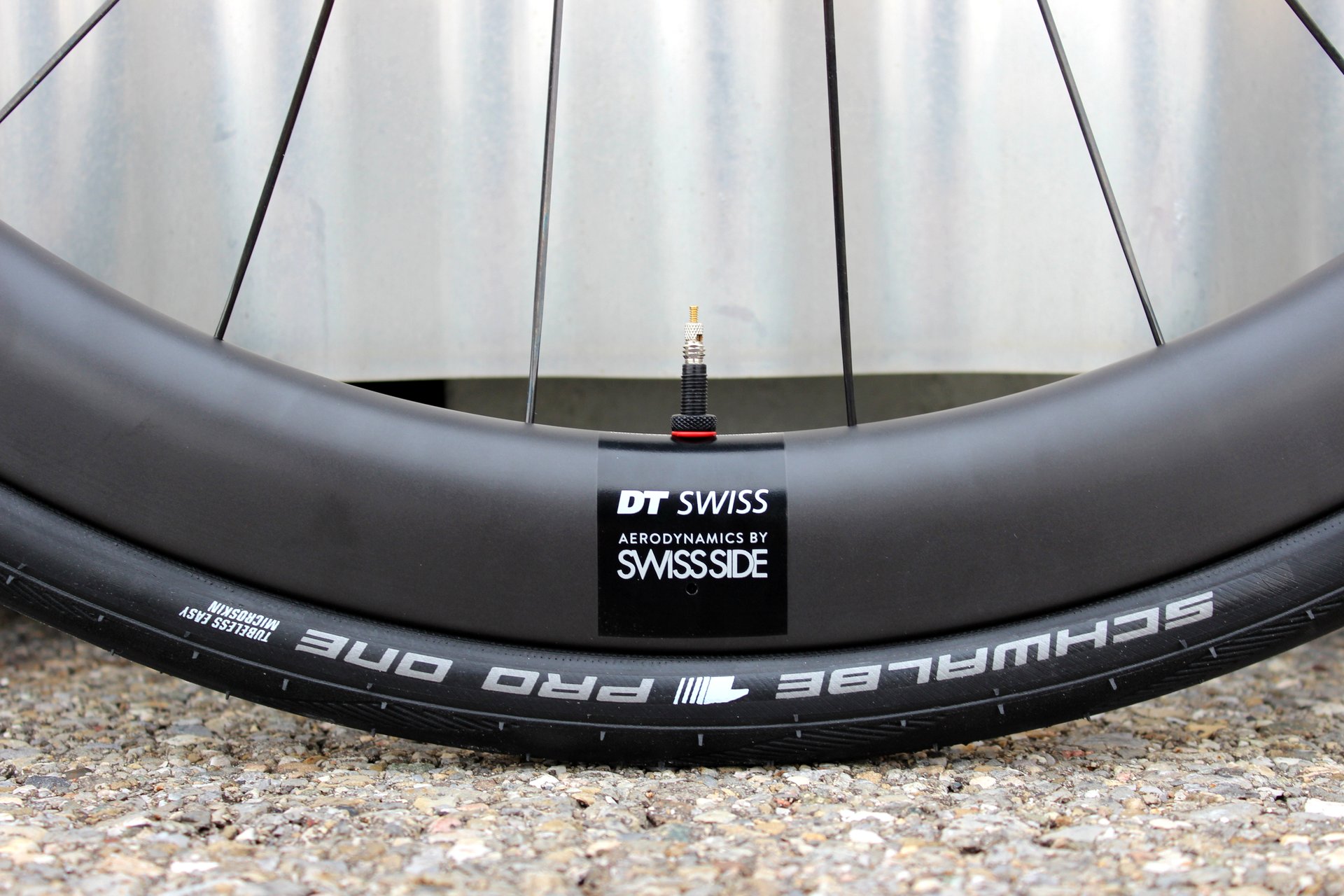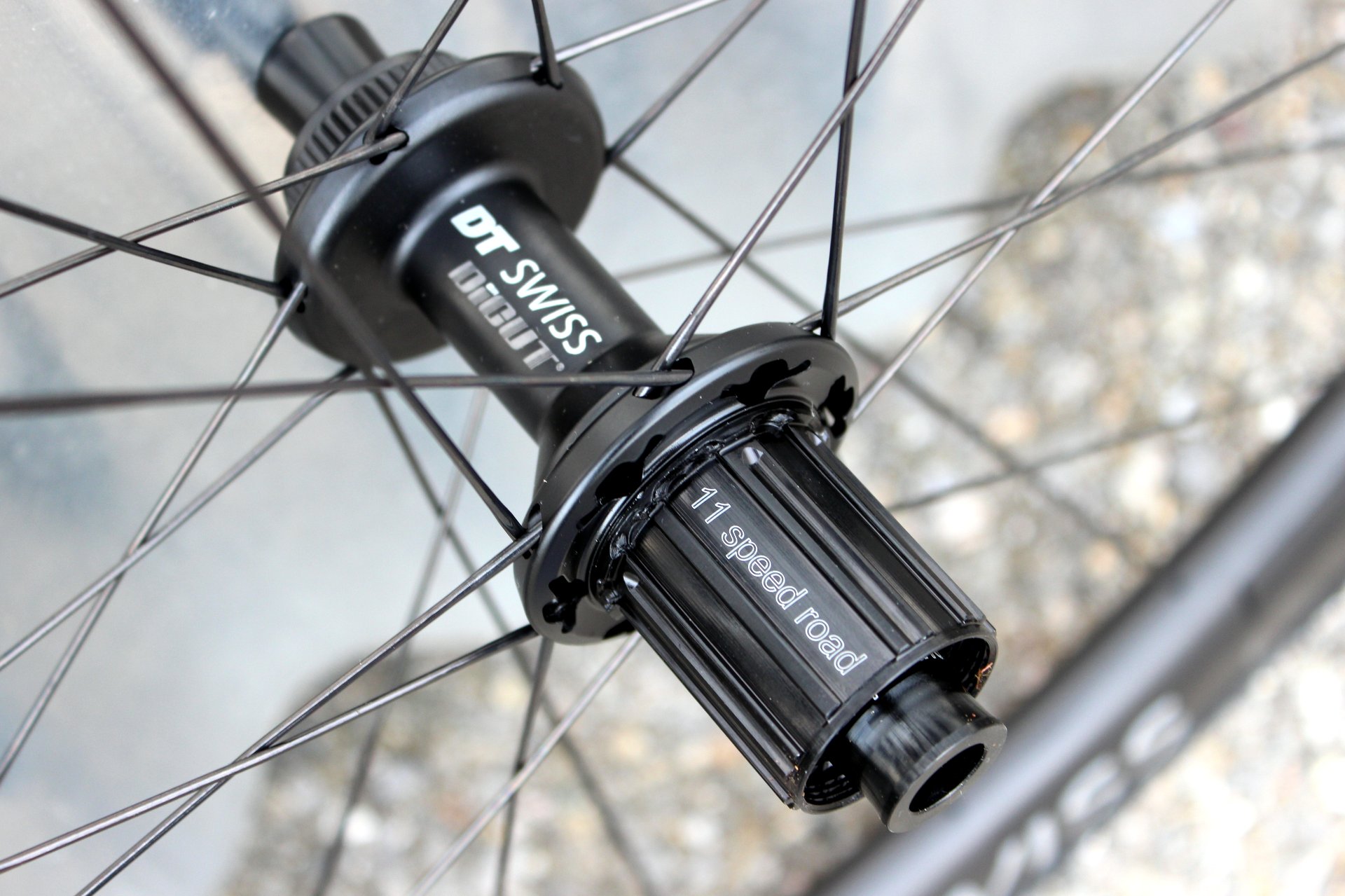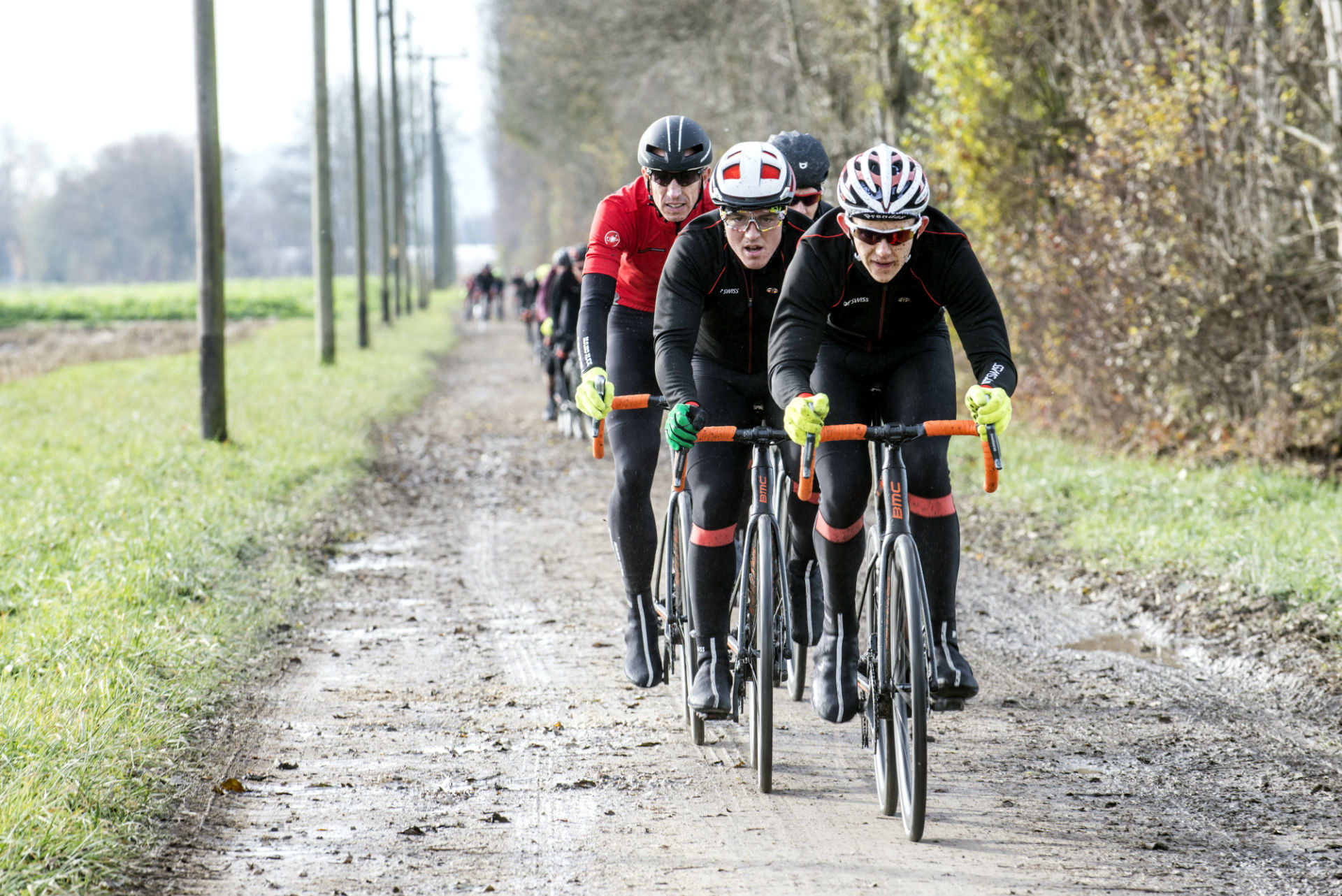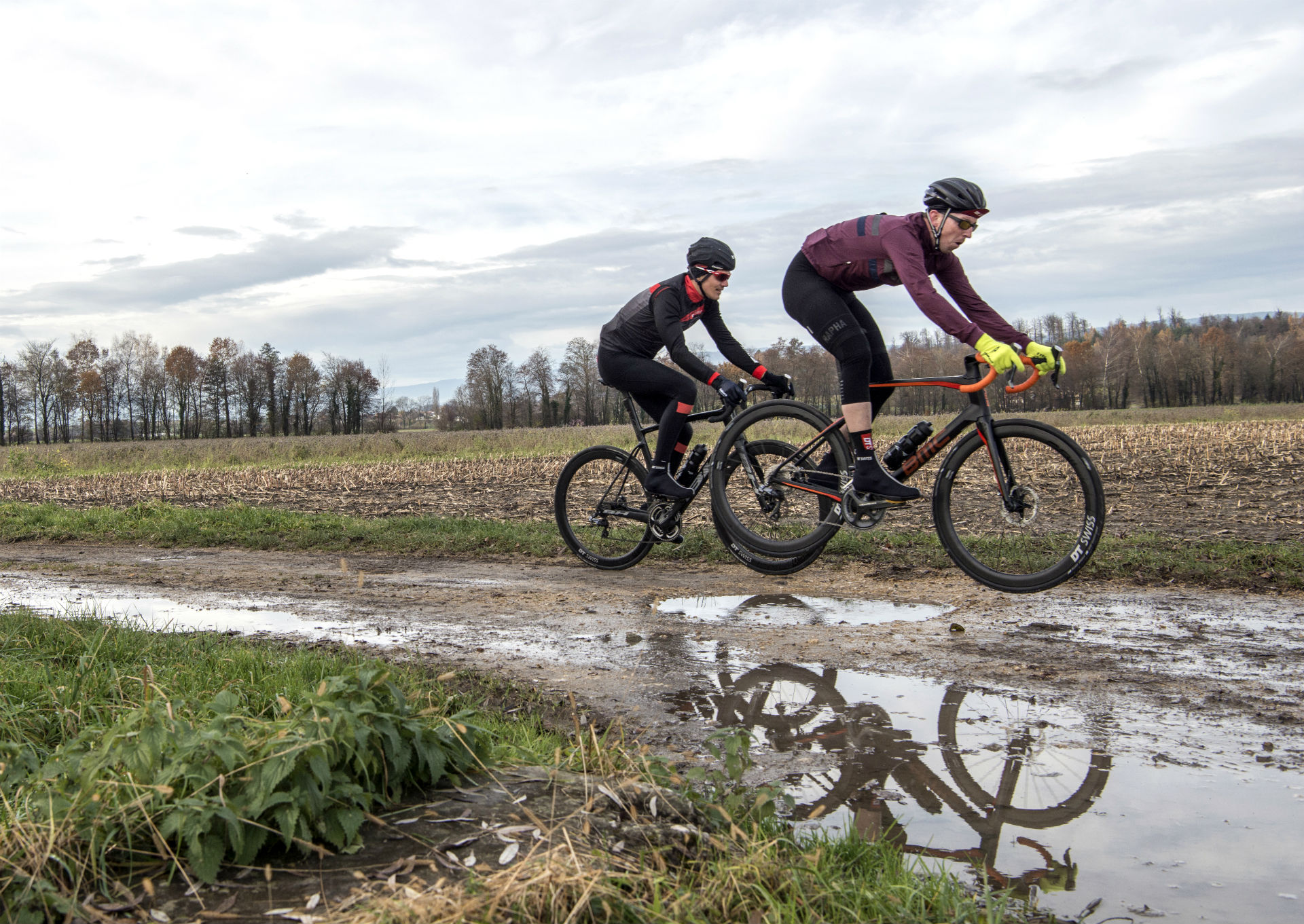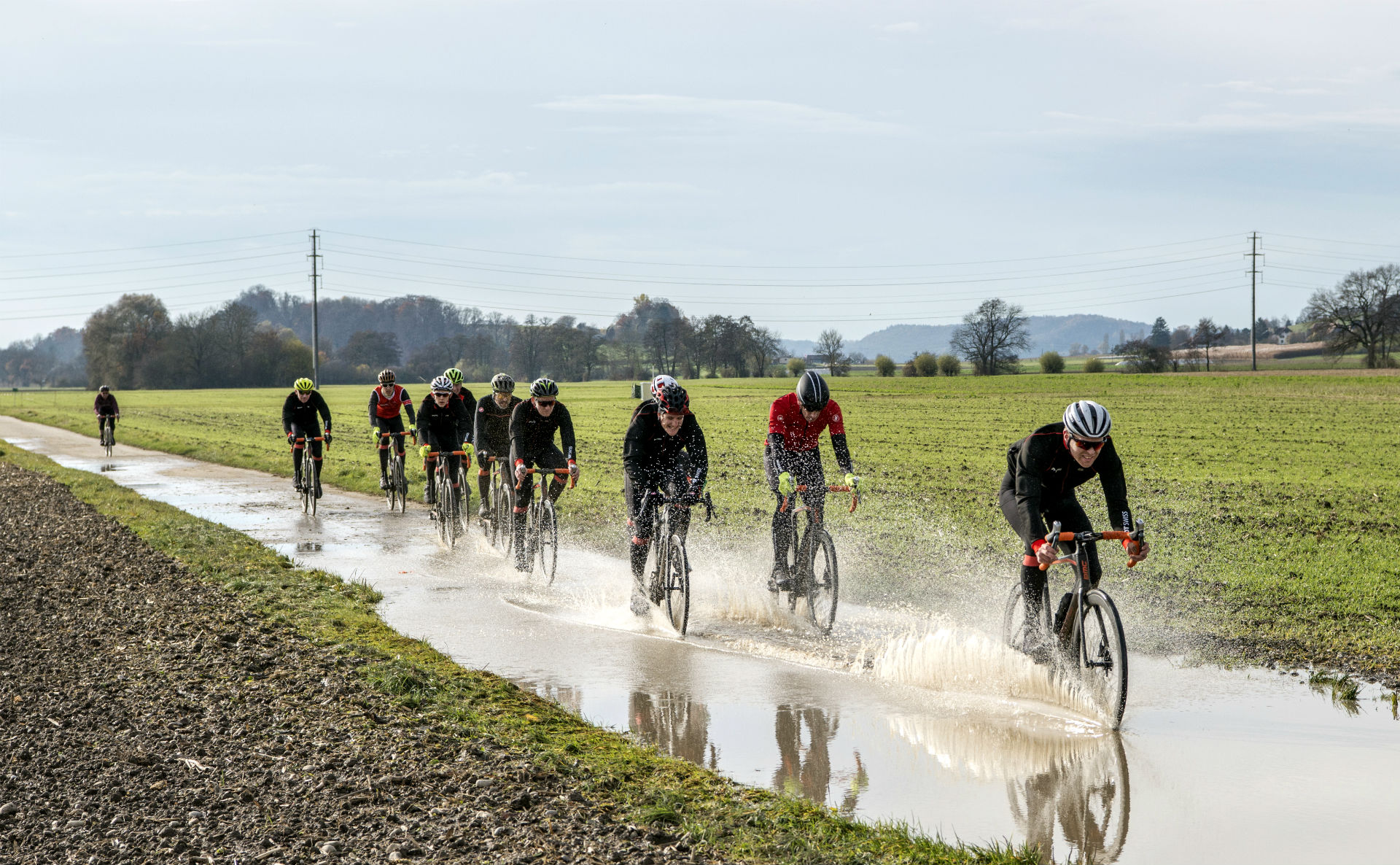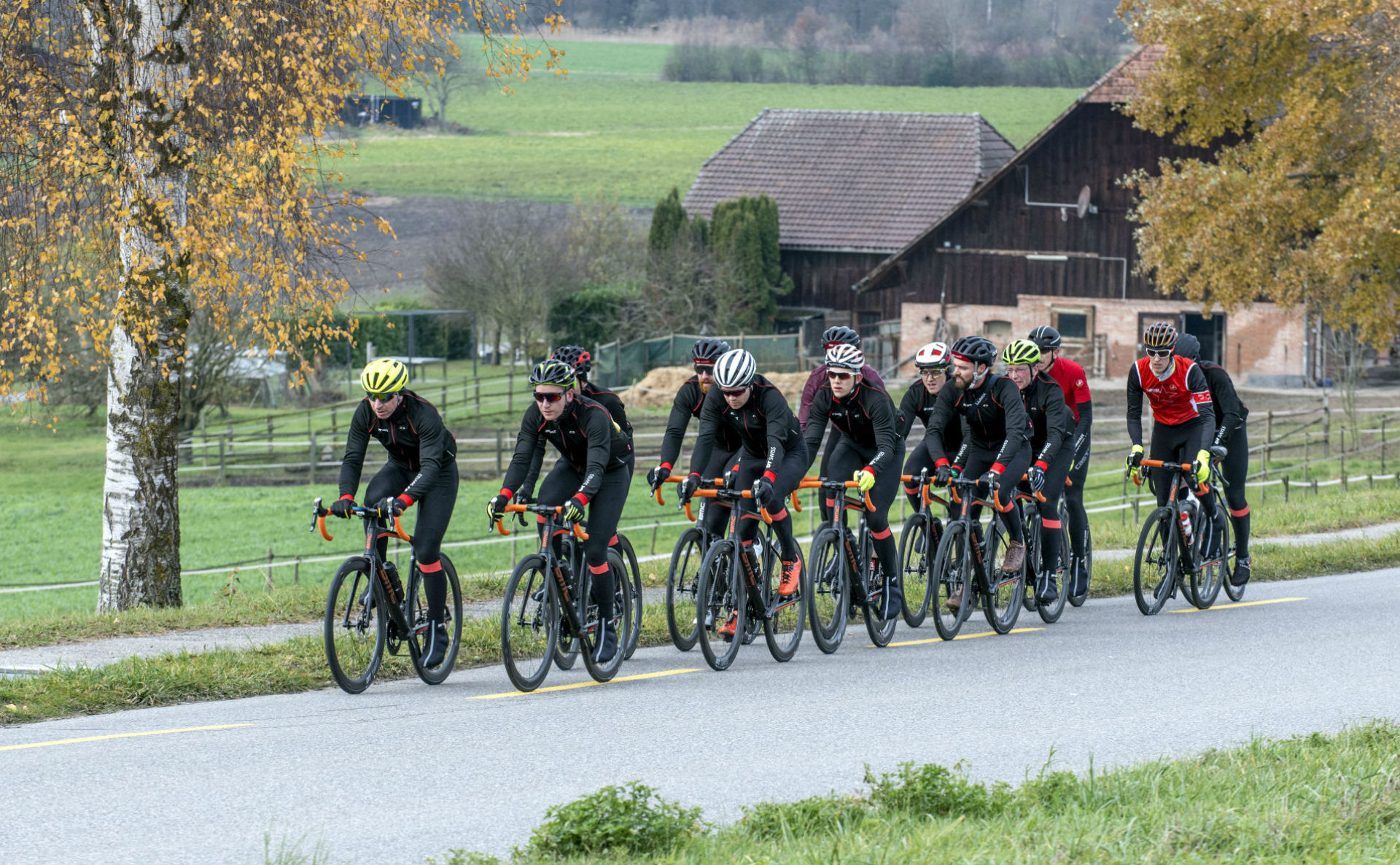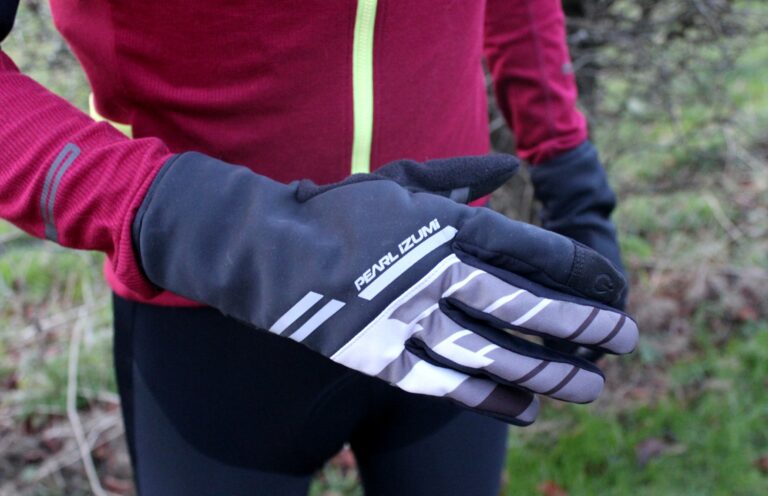DT Swiss have lifted the lid on the ERC 1100 Dicut – a disc-specific, tubeless-ready carbon fibre wheelset aimed at adventurous endurance riders who value aerodynamics, handling and comfort in equal measure.
While the industry may not have settled on a catch-all term for what is referred to as gravel riding, adventure riding, endurance riding and all-road in equal measure, it’s here to stay and a movement set to feature heavily through product launches in 2017.
That now includes wheelsets specifically designed for riders who refuse to be constrained by tarmac – with the ERC 1100 Dicut the first in a new range of high-performance, endurance-focused wheels launched by DT Swiss.
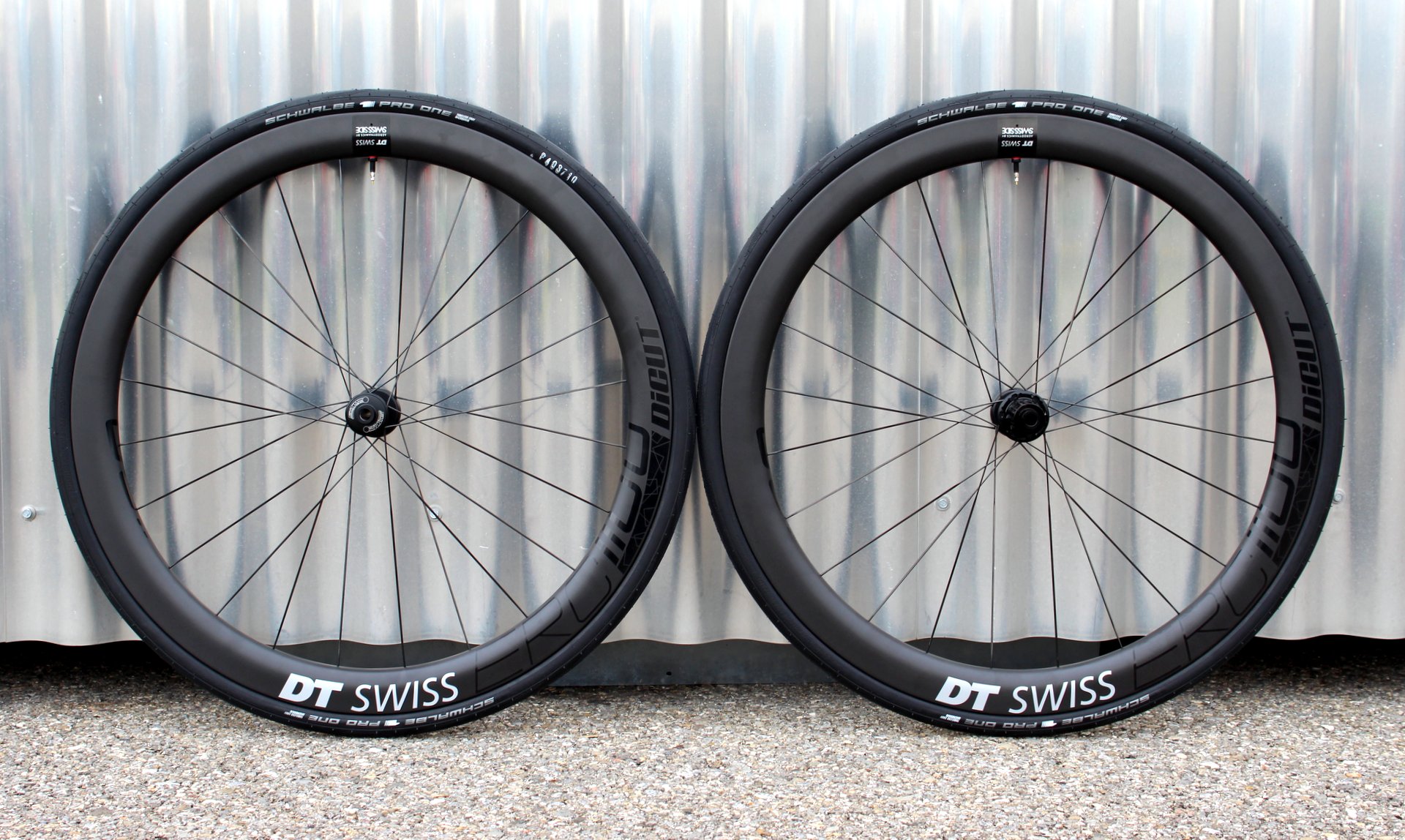
Combining disc brake compatibility with a wide, mid-depth carbon fibre rim designed to support 25mm and 28mm tyres, the ERC 1100 Dicut joins the likes of the Stan’s ZTR Avion, Hunt 30Carbon Gravel Disc and Enve SES 4.5 Disc as a wheelset designed to offer high-end performance regardless of the road surface.
Let’s take a look at the key headlines surrounding the ERC 1100 Dicut wheelset before we get into the nitty-gritty and offer our first ride impressions following the launch at DT Swiss’ headquarters in Biel/Bienne, Switzerland.
- Designed in conjunction with Swiss Side
- 19mm inner rim width (27mm external), optimised for 25mm and 28mm tyres
- 47mm-deep, U-shaped rim profile for aerodynamics and stability
- New DT Swiss Aerolite 2/3 spokes to improve aerodynamics and comfort
- Claimed weight 1530g (710g front, 820g rear, 120kg weight limit)
- RRP £1,999.98, available March 2017
- Full range of wheels to be unveiled in 2017


